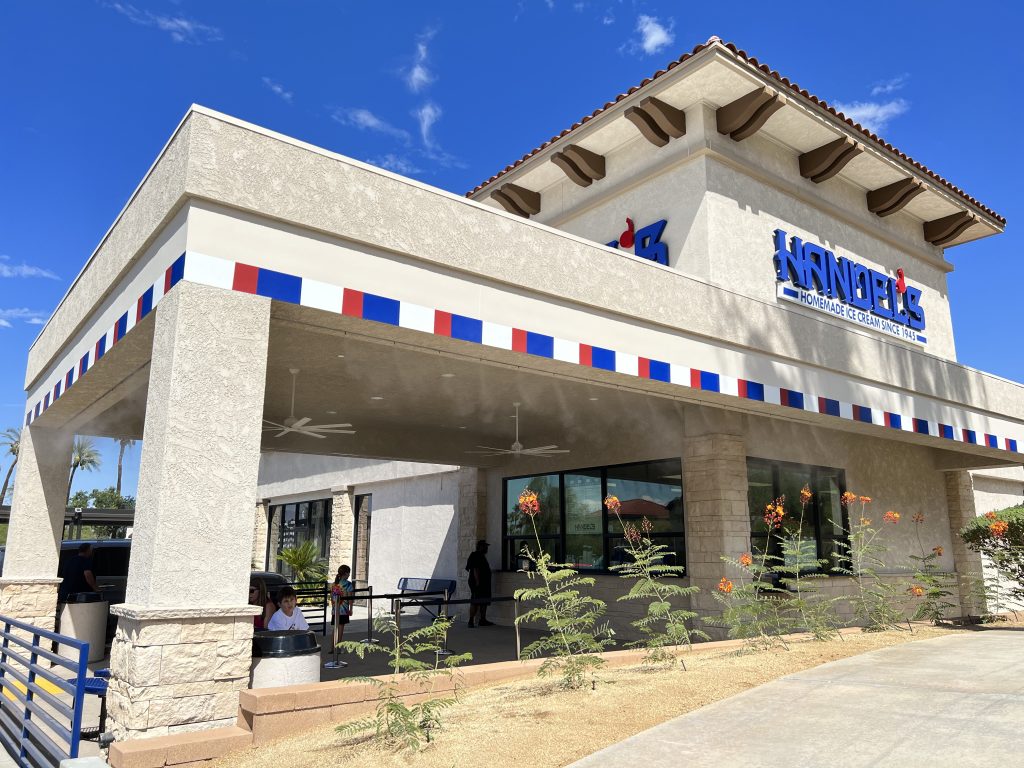Insulating a floor means adding an insulating material beneath the floorboards, reducing heat escaping through the floor into the ground. Approximately 15% of heat is lost from a house via this route. Insulation also acts to prevent draughts from coming up through the floorboards. Besides, the household should also consider insulating the gaps between the skirting boards and the floor, which also reduces draughts.
Floor insulation is most commonly done when putting a new floor in place. Still, most floors can be retrofitted with an insulating material, and this will make a massive saving to your overall heating bill. Depending on how confident you are with DIY, it is possible to install floor insulation yourself if you have the equipment, skills and experience.
Floor insulation Benefits:
- Filling the gap between the skirting boards and the floor can save about $35, recouped within the year (assuming a $25 material cost).
- Since the insulation will slow the heat movement through the floor, the home will feel more comfortable and warmer in the winter but cooler in the summer months.
- You can reduce your carbon footprint by about 240kg per year by installing floor insulation and almost 100 kilograms if you fill the floor and skirting boards’ gaps.
- According to the Energy Saving Trust, installing floor insulation underneath a wood surface saves about $75 per year, which would mean you can save more money with reliable insulation services in New Orleans ( if you live in this area) because the payback of 2 years based on recouping the material costs (approximately $200).
Target U-Value
Generally, ground floors are either solid, usually concrete slabs, or suspended, i.e., timber floorboards on joists. When uninsulated, they will both have a U‑value of between 0.45W/m2K and 0.70W/m2K, but this depends on the floor’s geometry and the amount of thermal bridging. In each case, the target U-value after installing insulation is between 0.20W/m2K and 0.25W/m2K (depending on floor geometry).
Avoiding thermal bridging
Thermal bridging occurs where a substantial building element continues from the inside to the outside of the structure, conducting heat out or cold in. It severely compromises the value of the work and can lead to cold spots and condensation.
Also, consider each case where the airtightness layer beneath the floor next to the one in the walls around the edges. The airtightness layer prevents unwanted draught infiltration. It can be pictured as a continuous envelope around the building.
Insulating a concrete floor is a lot more troublesome and expensive than protecting a timber floor. Typically, the former has a payback of between 8 or 10 years or more. Still, the payback period for suspended timber floor insulation is between 3 and 5 years.







